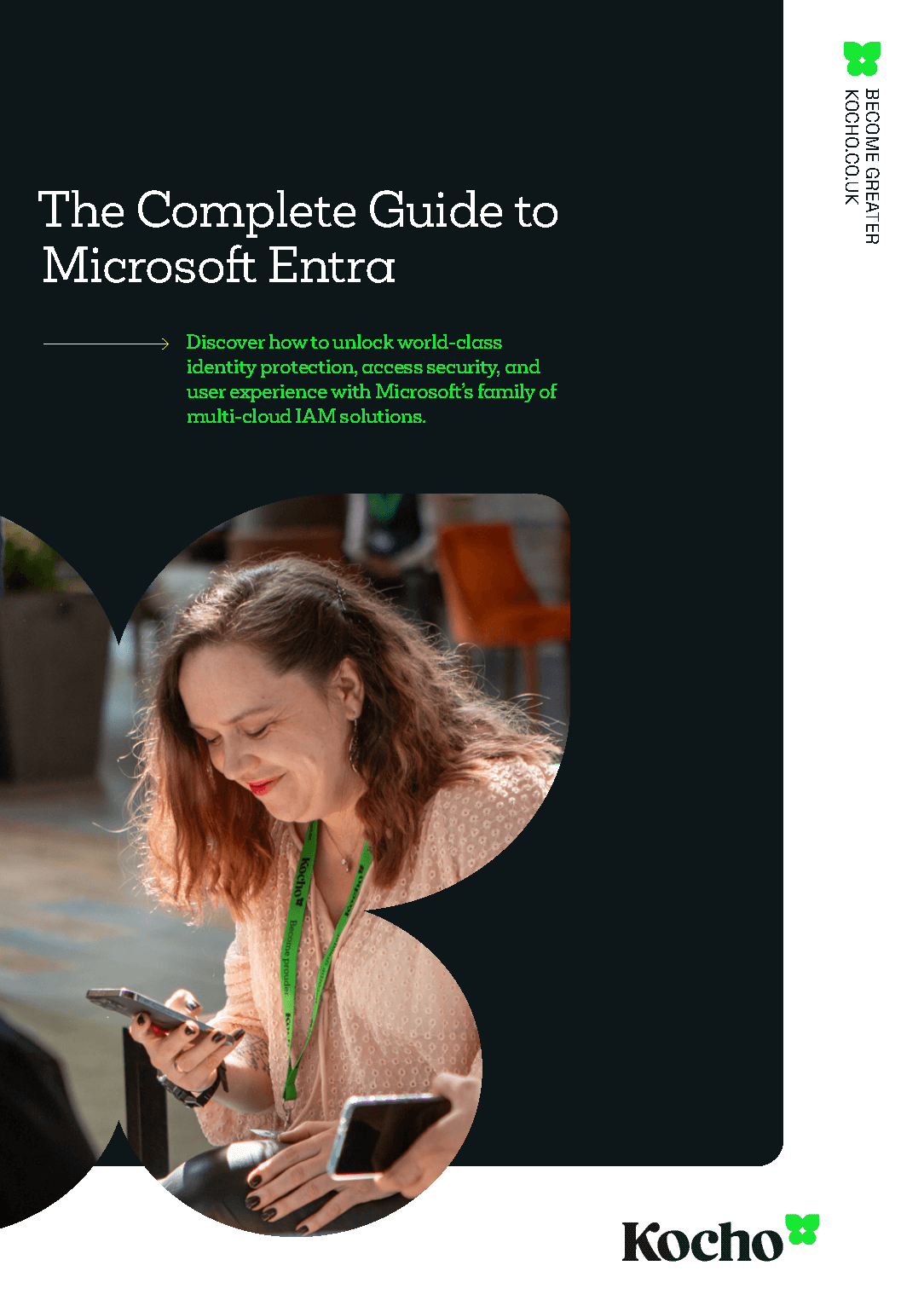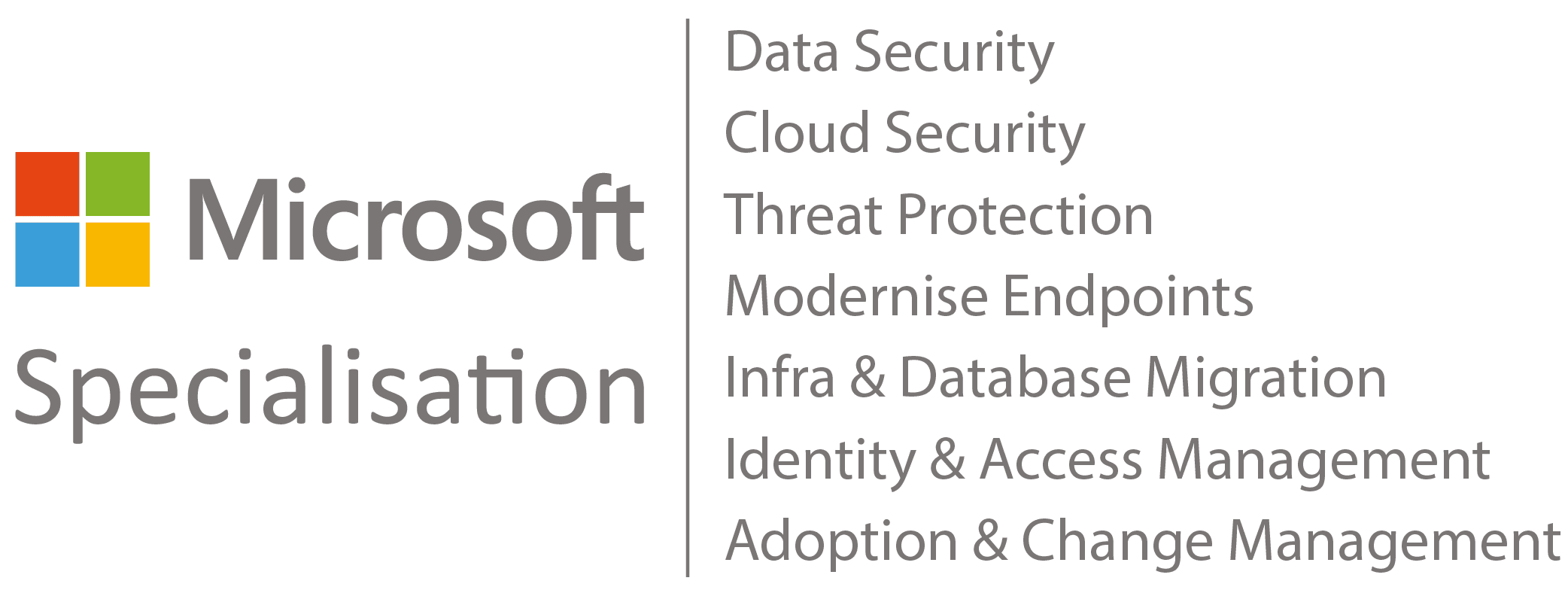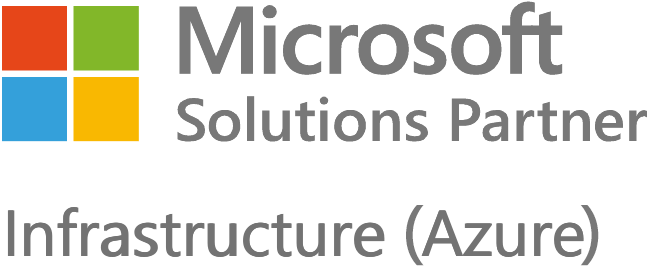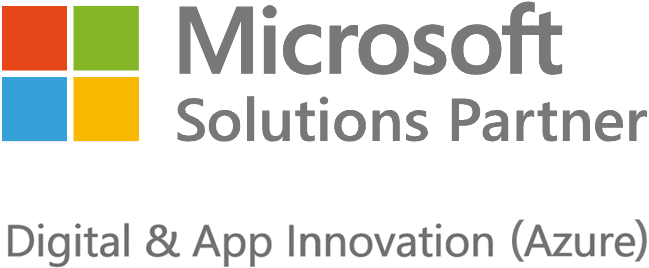Collaboration with external partners can lead to efficiency gains and expanded services. But, if your third party access management processes are poor, it can lead to potentially disastrous cyber security and governance issues.
45% of organisations1 experienced a third-party security incident in the last year.
It’s a high percentage, and likely comes with a high cost.
But is it surprising?
Collaborations with third-party vendors, suppliers, partners, or service providers are integral to many modern business operations.
But controlling external access to corporate IT assets comes with risk and a need for a vigilant approach to access management.
As well as the necessity for a comprehensive identity governance strategy in navigating these security challenges.
Let’s look deeper into the common vulnerabilities, and how you can best mitigate the risk.
Beware the risks of third-party access management
Over a quarter of businesses use over 100 third party vendors2, and 90% of organisations2 grant third parties access to their critical internal resources.
A breach stemming from a vendor’s insecure access not only results in financial repercussions, but also damages trust and reputation.
In fact, almost 60% of organisations3 that experience a data breach are likely to go out of business due to reputational damage.
Given these statistics, it’s clear managing access for external collaborators requires meticulous care.
A proactive approach to third-party access management is indispensable. Balancing the needs of your organisation’s access privileges with your collaborators’ needs.


Free Guide
Everything you need to know about Microsoft Entra
The most comprehensive guide to Microsoft Entra. Over 40 pages. Plus, Microsoft licensing simplified.
Discover how you can:
- Cut costs by removing 50% management effort
- Elevate security – reduce breach chances by 45%
- Automate provisioning to ensure compliance
Common collaboration risks and vulnerabilities
Organisations grapple with numerous risks when managing third-party and collaborator access, such as:
Over-privilege
When external partners have more access than necessary, it creates vulnerabilities within an organisation’s systems.
This overreach opens avenues for potential data breaches and unauthorised activities. In fact, 74% of data breaches4 start with privileged credential abuse.
Sensitive information becomes at risk of exposure. This can lead to severe consequences such as non-compliance with data protection regulations or compromising critical business data.
Unauthorised access
Unauthorised network access can compromise the confidentiality and integrity of sensitive information. It was the most common root cause of third-party attacks in 20225.
When third-party users share login credentials or face compromised accounts, the risk of data breaches and intellectual property theft escalates.
This has a negative impact on the organisation’s trust and reputation.
Delayed access revocation
Continued access after the termination of a contract poses a serious security threat.
Worryingly, only 34% of organisations6 revoke access to their network on an employee’s leaving day.
If a user’s access remains active beyond their contract period, it can result in unauthorised activities, data exposure, or potential security breaches.
Delayed access revocation may leave critical systems or sensitive information vulnerable, exposing the organisation to various risks, including data leaks or regulatory non-compliance.
Shared credentials
With 61% of all breaches8 involving credentials, it’s clear that sharing access credentials introduces significant security risks.
Misuse or unintended exposure of shared credentials can lead to unauthorised access to sensitive information.
This creates a direct threat to data security. Potentially leading to data breaches, unauthorised transactions, or malicious activities.
Behaviour anomalies
Detecting irregular behaviour patterns among third-party users is crucial for identifying potential security threats.
Behavioural anomalies like irregular access patterns or excessive data downloads often indicate security risks.
Failure to detect and address these anomalies promptly could lead to data breaches, unauthorised activities, or the exploitation of vulnerabilities in an organisation’s systems.
Third-party access management best practices
You can bolster security in your third-party access management by following these best practices:
- Rigorous onboarding procedures: Implement stringent verification protocols during onboarding. Streamline authentication and validation processes for third-party access, ensuring authorised access following thorough verification.
- Regular access reviews: Automate periodic reviews of third-party permissions. Swiftly identify and remove outdated or unnecessary access, maintaining an up-to-date and secure access roster.
- Role-based access controls (RBAC): Utilise RBAC strategies to assign access levels based on specific job roles. Prevent over-privileging and limit access to necessary resources for each role within third-party entities.
- Continuous monitoring and analysis: Employ advanced monitoring tools for anomaly detection and behavioural analysis. Proactively identify and address potential threats before they escalate, ensuring enhanced security measures.
- Clear access revocation guidelines: Establish precise procedures for access removal upon contract termination or role completion. Ensure secure and swift access revocation when needed, minimising security risks.
- Vendor security assessments: Conduct thorough assessments of third-party vendor security standards. Align their protocols with your organisation’s security framework to minimise risks associated with third-party engagements.
- Training and awareness: Provide training resources and guidelines to foster a culture of security awareness among employees and third-party collaborators.
- Strategic identity governance tools: Leverage comprehensive identity governance solutions that offer features such as entitlements management and behavioural analysis.
Leveraging Entra ID for better third-party access controls
For Microsoft license holders, using Microsoft’s Entra ID and Entra ID Governance solutions becomes a strategic asset.
These solutions not only inform but empower users in implementing robust third-party access management, particularly for collaborating with partners and contractors.
Entra ID features and capabilities
Microsoft Entra ID provides a range of identity and access management features, including:
- Centralised access control
- Role-based access assignments
- Advanced monitoring and anomaly detection
- Bring your own identity (BYOI) in Entra External Identity
BYOI in Entra External Identity
BYOI in Entra External Identity lets external users securely sign in using their existing credentials from various providers, such as Google, Facebook, or corporate accounts managed by their identity provider.
This enables smooth access to your resources while your organisation retains control over access and security measures.
Entra ID Governance capabilities and licensing
- Entra ID Premium P1: Offers advanced identity protection features, group access management, and dynamic policies.
- Entra ID Premium P2: Provides enhanced identity governance capabilities, including identity protection, privileged identity management (PIM), lifecycle management, and more.
Additionally, Microsoft Entra ID Governance is an add-on to your P1 or P2 licence. It offers premium features like managing inactive guest users and converting unmanaged guests to managed guests.
Further extending your third-party access control.
In terms of pricing, your first 50,000 monthly active users (MAUs) are free for Premium P1/2 features. It’s important to note the difference in billing for Identity Governance and Administration (IGA) MAUs.
Unlike Premium P1 and P2, IGA MAUs incur charges for each guest beyond the initial allocation.
Extending governance to business guests
Microsoft’s Entra ID Governance will be extending identity management to include business guests like contractors and partners.
Scheduled for release in spring 2024, this solution aims to mitigate security risks posed by dynamic access needs.
And promises access policies, automation, and monitoring for comprehensive identity governance within organisations. Watch this space for further updates.
Conclusion
In the landscape of modern business collaboration, robust third-party access management is vital.
Security incidents stemming from such access highlight the need for vigilance. Overreaching access, delayed revocation, shared credentials, and behavioural anomalies pose serious threats.
Proactive measures like stringent onboarding, role-based controls, continuous monitoring, and precise access revocation are crucial.
Microsoft’s Entra ID and Entra ID Governance solutions offer advanced features and upcoming enhancements, transforming access management.
With Microsoft extending their ID Governance licence to better manage business guests in 2024, join our mailing list to stay on top of the latest developments. Or get in touch with our team if you’d like to learn more.
Key takeaways
Neglecting the risks of third-party access management undermines cyber security measures.
Effective identity governance tools aid in mitigating data breaches and threats.
Implementing robust access management practices is crucial.
Regular reviews of access prevent unauthorised data exposure.
Prioritising security in third-party collaborations is imperative.


Free Guide
Everything you need to know about Microsoft Entra
The most comprehensive guide to Microsoft Entra. Over 40 pages. Plus, Microsoft licensing simplified.
Discover how you can:
- Cut costs by removing 50% management effort
- Elevate security – reduce breach chances by 45%
- Automate provisioning to ensure compliance
Next steps
Sources
1. New Prevalent Study Reveals Organizations Are Not Equipped to Handle Increasing Third-Party Security Incidents | 2. Third party access and cyber security vulnerabilities | 3. Reputational Cost of a Data Breach | 4. 74% Of Data Breaches Start With Privileged Credential Abuse | 5. 2023 third party data breach report | 6. Only 34% of organisations revoke system access to employees on the day they leave | 7. 50 Identity And Access Security Stats You Should Know In 2024
Like this? Don’t forget to share.

Great emails start here
Sign up for free resources and exclusive invites
Subscribe to the Kocho mailing list if you want:
- Demos of the latest Microsoft tech
- Invites to exclusive events and webinars
- Resources that make your job easier
























Got a question? Need more information?
Our expert team is here to help.








